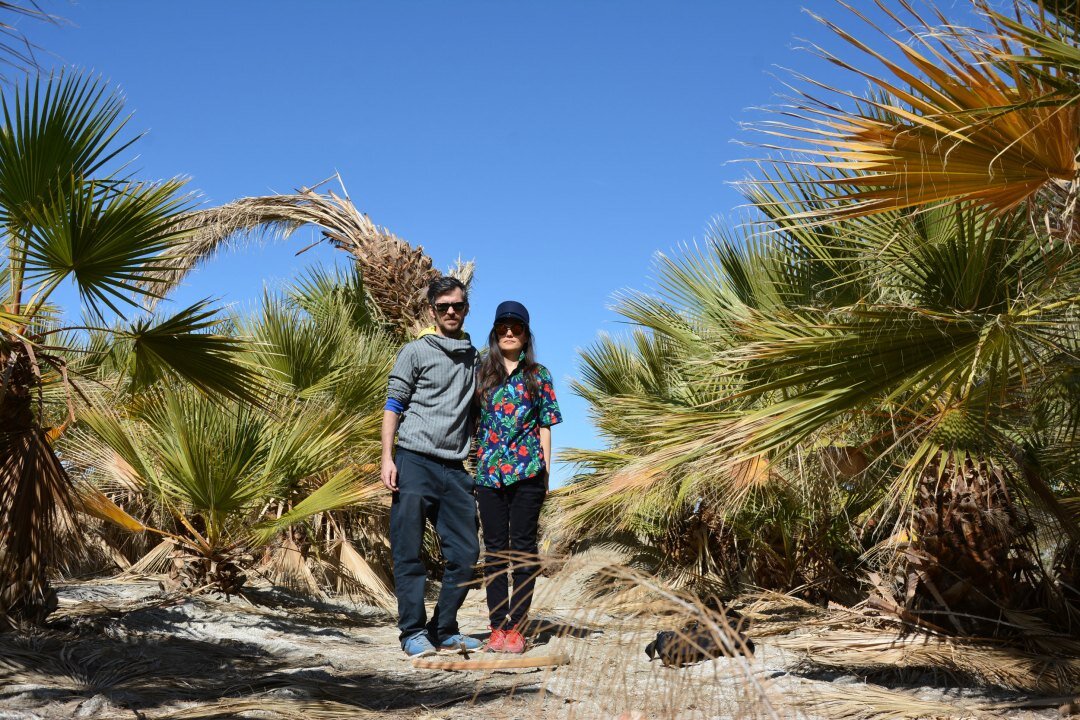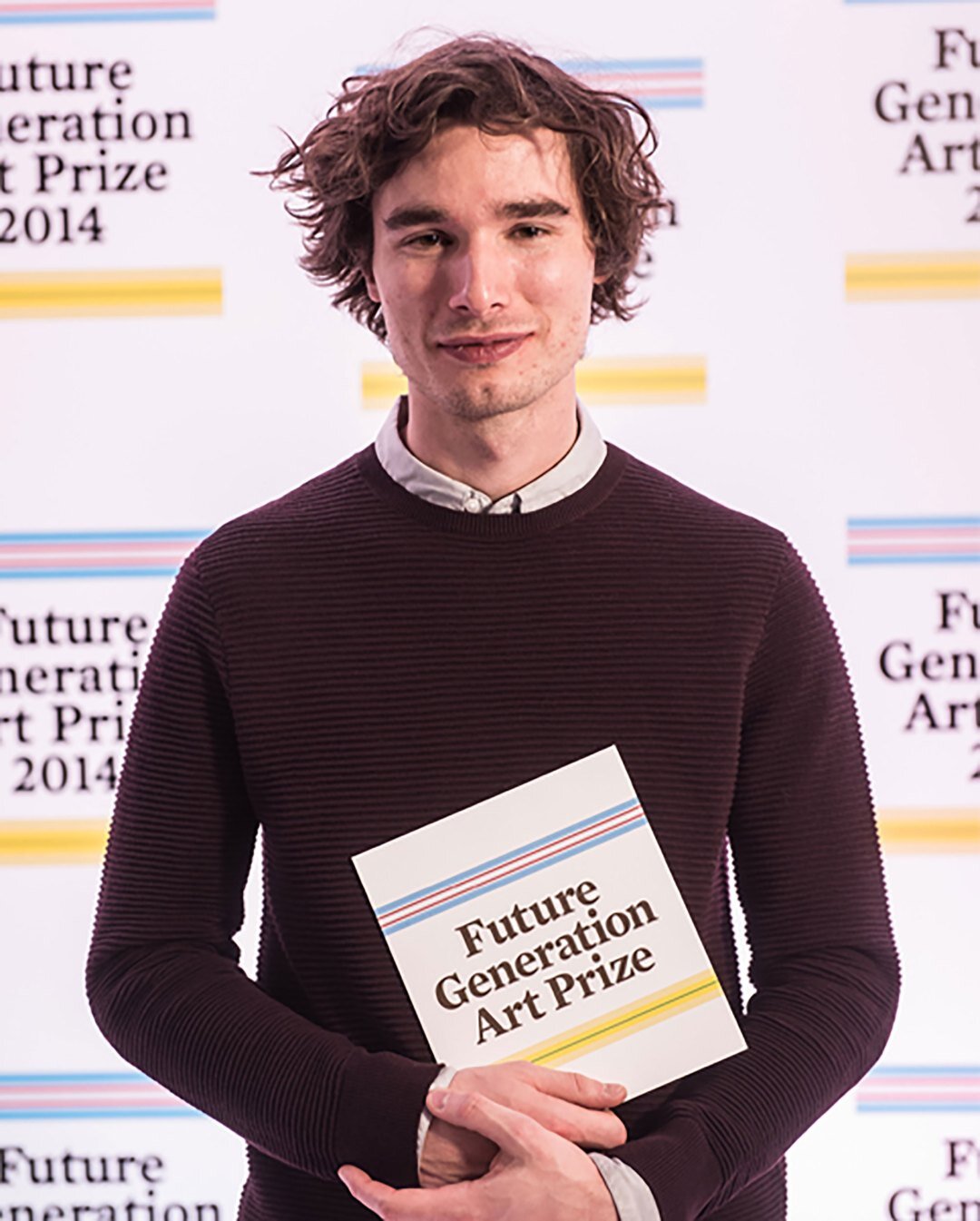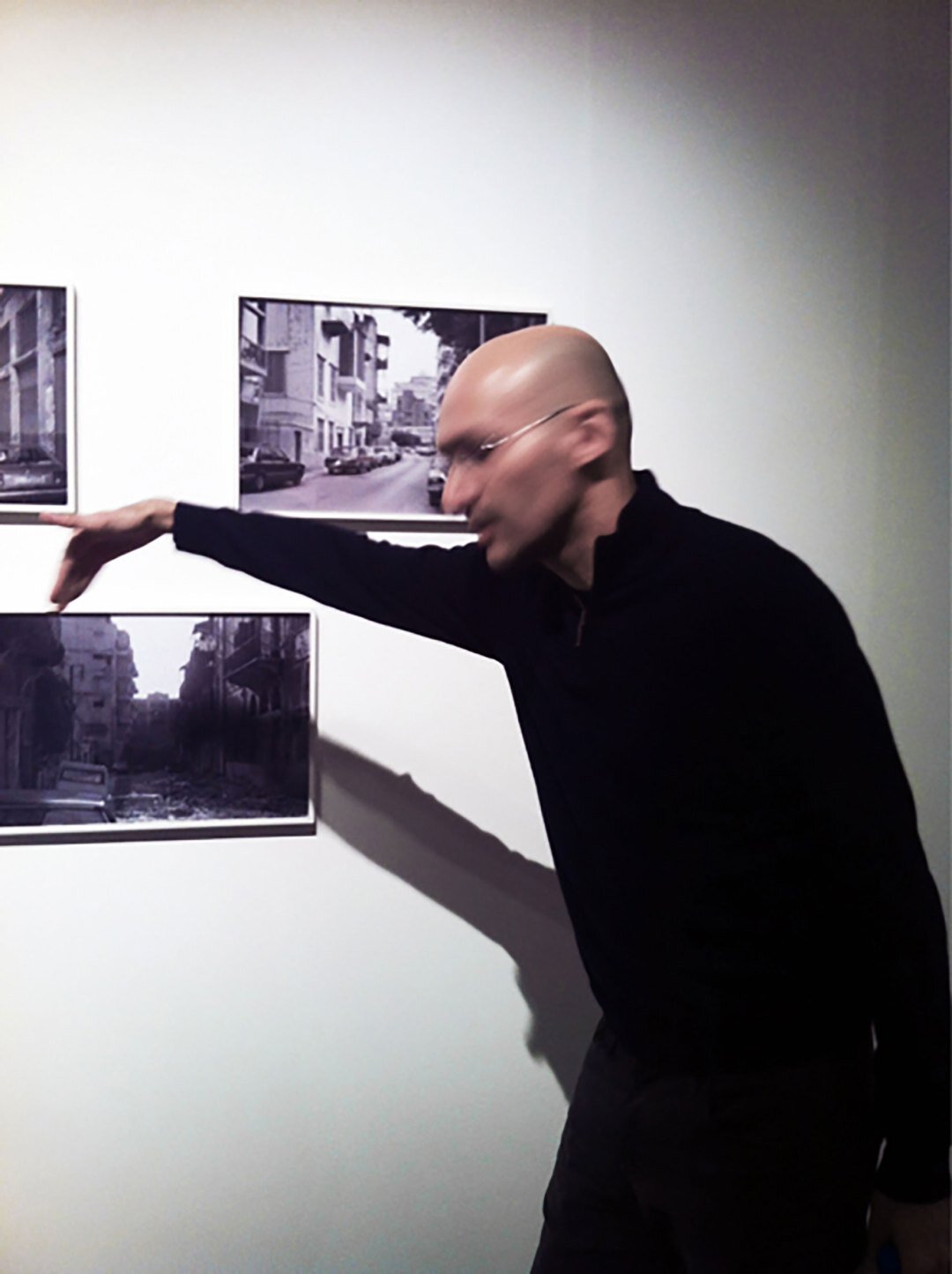Similar to the winds in Herta Muller’s novels (Nobel Prize laureate in Literature, born in Nițchidorf, Timisoara) which take place in and around Timisoara, the winds of change metaphorically embraced by Maria Lind and Anca Rujoiu, the two curators of Timisoara Art Encounters Biennial, blow through borders and edges of visibility and invisibility as Europe’s borderlands are in flux from the shores of the Baltic to the Black Sea and from the peaks of the Carpathians to the Caucasus mountains. As an artist myself, participating in the inaugural edition (2015), and as a visitor in the second one two years later, I couldn’t help but notice the changing wind, blowing in its wings. Since its outset the biennial policies have been hellbent on strengthening the local community with stimulating ideas for a more inclusive and more sustainable future. Since 2015 its founder/collector, Ovidiu Sandor, has been fostering an initiative in partnership with Timisoara City Hall and Timis County Directorate of Culture, among other bodies. What follows is my own interpretation of the works of Lawrence Abu Hamdan, Anca Benera and Arnold Estefan, Aslan Gaisumov, Walid Raad and Virginia Lupu.
Anca Benera and Arnold Estefan Virginia Lupu
Lawrence Abu Hamdan
The two appointed curators of 2019 Art Encounters Biennial anchored themselves in these shifting “winds” with particular attention to local crafts, publishing and personal collections or forms of self-management, in an overall manner in slow digestion with Romanian consciousness and the biennial’s main public – the city’s inhabitants. More than thirty locations and outlets across the city contain such “winds” in a city that has been at the forefront of innovation and implementation being the first city in the Habsburg Monarchy with street lighting (1760), and the first European city to be lit by electric street lamps and to have the first public lending library with reading room in the Habsburg Empire. Timisoara is a patchwork of cultures and nationalities and common historical or current complicated regional issues, mirrored in introductory word of the Biennial founder and president Ovidiu Sandor, who places Timisoara Art Encounters at the intersection of an experimental art festival and a contemporary art biennial, engaging in meaningful dialogues with the local context.
Aslan Gaisumov Walid Raad
I will not at all survey the entire biennial, nor prioritise any exhibition, rather I will highlight five artworks which stand firm in their poignancy and acuteness – showcasing unblinking, uncompromising realities and milieus. Visiting the Maria Theresia Bastion, a part of the fortification system built by Timisoara’s Habsburg administration, I was immediately captured by the video contribution of the Beirut based artist Lawrence Abu Hamdan (b.1985 Amman) who’s “Walled/Unwalled”, (2018). A single channel video installation unsettled my understanding of borders and their plasmatic properties. In front of the microphone, walled himself off in radio studios, the artist brings forth a recent American court case, in which a military thermal camera provides evidence, invisible from the exterior, where an individual is growing weed inside the house. In another case the artist goes on demonstrating how muons (elementary penetrating particles) similar to electrons are described as allowing “seeing” through the walls of pyramids and shipping containers alike. In retrospect, during the Cold War, Radio Free Europe showed that the iron curtain was not soundproof either. In the Soviet Bloc, in the 1950s, the most advanced acoustic architecture for radiophonic propaganda was developed in East Berlin. At the same time the GDR invented a new kind of prison architecture where the walls were “weaponised” against the inmates through sound, exporting the model not only to the Eastern Bloc, but also to Egypt, Angola and Syria. Last year on the event of the Korean Summit, South Korea has started taking down the loudspeakers along its border with the North, and says it thinks Pyongyang is doing the same thing.
Lawrence Abu Hamdan, video still from Walled Unwalled, 2018, single channel video installation, 20 minutes and 4 seconds, exhibition view, Maria Therezia Bastion, Art Encounters 2019, courtesy of the artist, photo credit: Adrian Câtu
Kyllo, the hero in one of the stories in Abu Hamdan’s film, arrested and convicted of illegal weed farming ended up at the Supreme Court after ten years of trials. Finally, the “hot walls” of his apartment unveiling Kyllo’s habit of growing weed became a constitutional problem. Was the heat that passed through the wall into the open air outside, public or private property? Here, as the artists states, the internal fabric of the wall becomes a grey zone between that of the public and private, between technologies used by the military abroad and those used by police at home.
We are witnessing a work which is direct and stubborn in factual information. Within narratives there are renderings of pain, suffering and mutilation expressed in sound transmissions, which as the artist states, takes place within confined spaces – most of the times prison cells or torture rooms; sometimes by a plastic pipe hitting a body, where prisoners can’t see a thing but hear everything. Abu Hamdan has done a great job in his quest of superimposing the audible/perceptible with the inaudible/invisible, reminding us that sound can be more powerful than pain.
***
Anca Benera and Arnold Estefan, The Equitable Principle, 2012 – ongoing, video (recording of the performance), wall drawing, variable dimensions, exhibition view, Maria Therezia Bastion, Art Encounters 2019, courtesy of the artist, photo credit: Adrian Câtu
Anca Benera and Arnold Estefan have worked together since 2011 and their multidisciplinary installation “The Equitable Principle” – an ongoing project that takes a look at borders and property, and property at large in a performative restitution of the economic interests over the Snake Island. Located in the Black Sea, the island was toyed with over centuries by the Ottoman Empire, Romania, The Soviet Union and lastly, Ukraine. Following the collapse of the Soviet Union, the Snake Island became the subject of a major territorial dispute resulting in political deadlock between Romania and Ukraine. In 2009 the Hague tribunal decided to give 80% of the disputed terrain to Romania, alongside the rights to its gas and oil reserves.
The backdrop of this settlement urged the two artists to address the Roman ancient law that literary says: “no one can give what they don’t have,” citing out a 0.509 square metre snow block from the ice-covered area of the Black Sea. The size represented the equivalent surface-unit that each Romanian national would have received, had the territory been divided per capita. Likewise, they are planning to bring 0.892 square metre of solid from Snake Island to Bucharest in similar policy.
***
Aslan Gaisumov, People of No Consequence, 2016, video still, exhibition view, Maria Therezia Bastion, Art Encounters 2019, courtesy of the artist, photo credit: Adrian Câtu
In line with the discrepancy between the nations interests and those of the individual, Aslan Gaisumov (born in Chechnya), in his video projection called “People of No Consequence”, a short video from 2016, has created something of a monument to the historical responsibility and courage of his people. The artist captured the meeting of a number of survivors of Chechen and Ingush deportation by the Soviet Union to Central Asia during the Second World War. Filmed in a single shot and centrally framed, the work has been produced in the tradition of tableau vivant. No one looks at the camera, no one speaks. The survivors are coming together, and it is in this frame that the film is startling. The slowness with which they all take their seats and the probability of sharing similar traumas can blow one away, even though there is no movement of the camera whatsoever, and no dialogue. The act of 119 survivors sitting in silence brings about not a nostalgic and pitiful feeling, but that of immense presence and dignity these people have in facing their own past and future.
***
Walid Raad, Views from outer to inner compartment, 2019, exhibition view, Art Encounters Foundation, Art Encounters 2019, courtesy of the artist, photo credit: Adrian Câtu
The motif of the wall is present once again in one of the works at ISHO House – the seat of Art Encounters Foundation and of the Biennial at large. This old historic house turned into a centre for arts in 2017, and now is the hub and exhibition space of the permanent collections of the Biennial, as well as a meeting point for artists and other cultural workers. It is here that we are torn between what is invisible and what is visible, expanding on the provocation of visual perception of things via graphics, photography and sculpture. Once you enter the exhibition space you are struck by a life-size wallpaper, representing a travesty of space and perspective. Walid Raad, the Lebanese born artist whose oeuvre was shown at Documenta 11 and Venice Biennial, and who now commutes between NY and Beirut and confronts the viewer in “Views from outer to inner compartment”, presents a silk-like wall print which stands as the entrance into another space, possible via two door frames which invite the viewer to other chambers. Blending calmly with the actual space where it is placed, this work invites one into a masochistic game of wanting to step into the illusion and refraining from it, while at the same time being pulled inexorably in.
In actuality the artist gives a hint on how to interpret his work in a short text which consorts the wallpaper. There we find out that the empty walls seen in the print are possibly a hallucination of an Arab woman, who at the opening of the modern art exhibition (we are not told which modern art museum nor what city) vocally endorses the existence of empty walls despite the masterpieces on show. Her claim that the museum walls are filled with nothing is arguably something to think about when the artist materialises such vision and throws it into the art circuit. Here, Walid Raad returns to the motif of museum walls, something which he has done in numerous past projects. Coming in various scales and shapes, the museum-like walls are constructed while blinking at the Louvre, the Guggenheim, the Whitechapel Gallery and other institutions with which he engages. Accompanying the walls are the stories of those who, for mysterious reasons, cannot enter the institutions, nor find the seemingly full walls to be empty inside, along with museum objects which morph into something else.
***
Virginia Lupu – Molibdomanție – performance, Kunsthalle Bega 2019
Coming to terms with who we are and finding ways to understand the other are the main themes inspiring the work of a Romanian artist Virginia Lupu, whose works are shown at Banat Museum. Quite unique among her fellow Romanian artists, she is an inside player. She has to get into particular entourages and alternative cultures to out thereafter something which is luminous, and at the same time – dark. This time, images of witches are her thing, and particularly the depictions of witch-hunt and witchcraft. The latter is a popular practice in Romania with a long history of stereotypical representation. It stimulates fantasies in literature, cinema and television, it draws attention across mass media from high-ranking politicians, to various celebrities and to the general public. Virginia Lupu’s photographs challenge this representation which gained currency in media and public discourse. Drawing on her own interest in esoteric practices as well as in marginalised communities, Virginia Lupu has been working with a family of witches of Roma origins. Lupu follows them during various rituals at home, outdoors in the nature, and on the street, carving out a performative space for self-representation. She captures the nuances of their world from the transformation of the domestic space into a site of female empowerment; to the adaptation of magic rites to contemporary technology; to the entanglement between the urban landscape and natural environment; to the contrast between the social stigma and their financial independence. In the context of the 2019 Art Encounters Biennial, the selection of photographs focuses on a collective portrayal of female witches and the power and beauty that emanates from a communal practice.
Virginia Lupu is also a part of a massive exhibition at the newly opened Kunsthalle Bega, “Lay me Down Across the Lines” – curated by Valentina Iancu. Here Virginia Lupu performs a kind of a spiritual ritual herself, with the help of a spoon in which hot tin metal placed in water on top of someone’s head can dissipate fear. The aftermath of this cleansing is absolutely magnificent. The metal takes shapes resembling nuclear explosions, snow-like particles or sea creatures. Seeing one’s fear materialised in such a manner is unsettlingly pleasurable, with the risk of being tossed around by strangers and maybe even bought, nevertheless enriching its conceptual potential and nuance.
Concerned with representational fidelity to the world out there, this year’s edition of Art Encounters Biennial is more of a mirror to ourselves, one that needs constant cleaning in hope of freeing us from its imprisonment.
Written by Alex Mirutziu
Edited by Paulina Prońko














